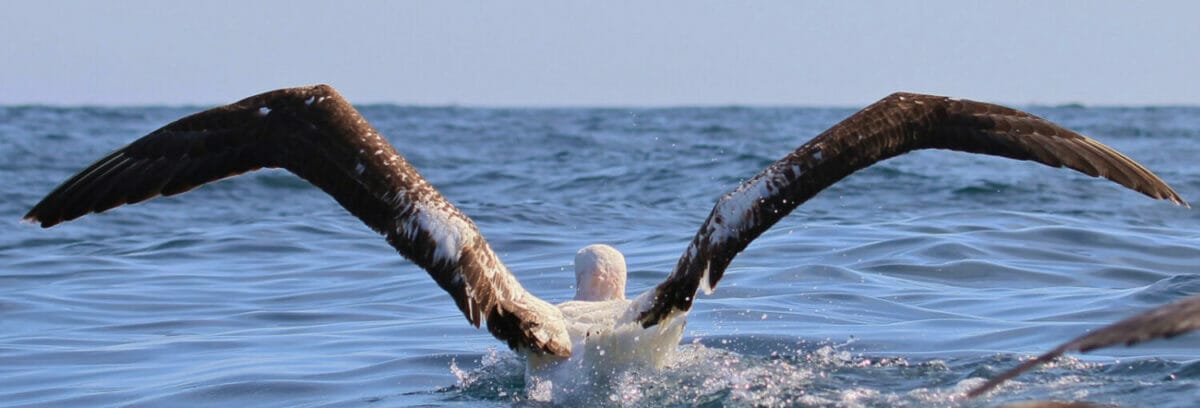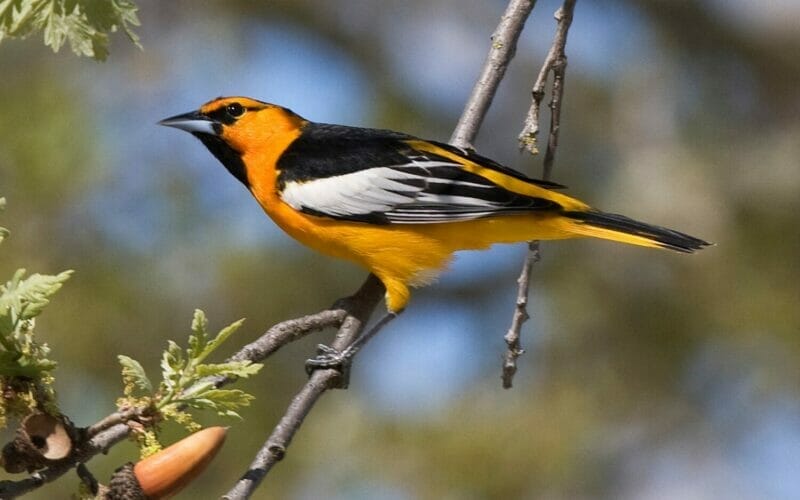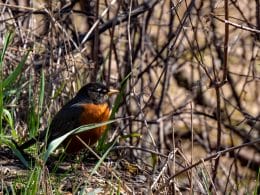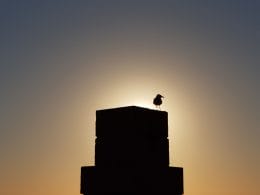Within the animal kingdom, there are countless species of birds – all of them different sizes, colors, and shapes, and each possessing distinctly different traits that make them effective and effective in their respective habitats.
While many species of bird are small, and have relatively short wingspans, there are some species that are staggeringly large, posing both a threat for smaller birds, and all manner of other creatures.
But which bird has the largest wingspan, and where in the world can they be found?
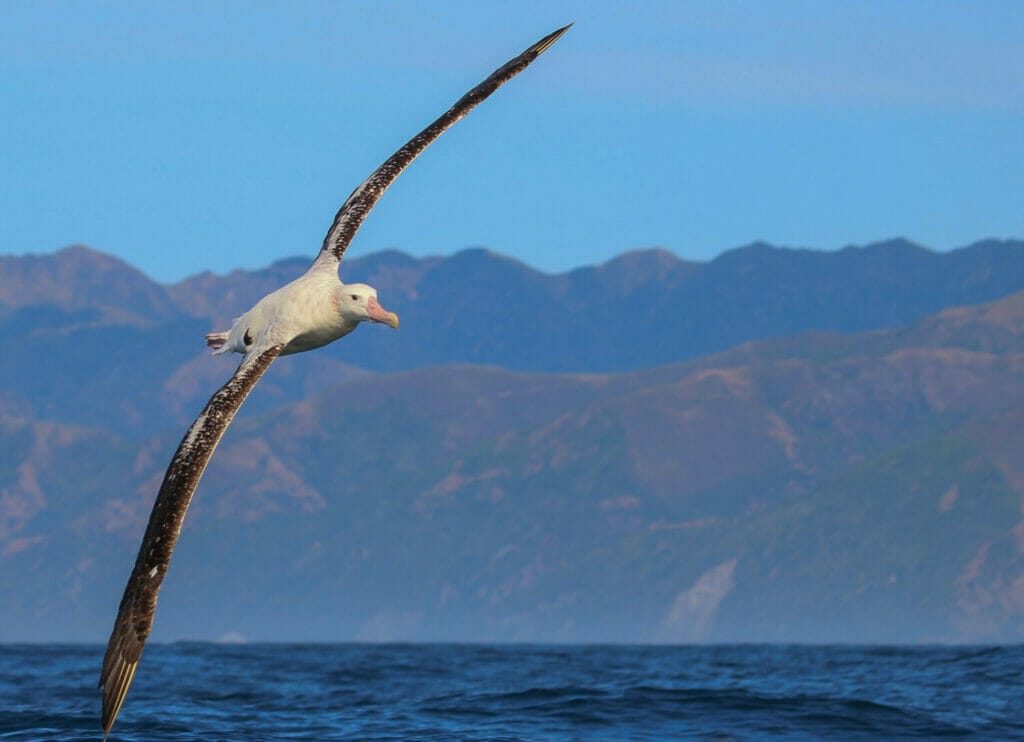
Which bird has the largest wingspan?
Within the entire animal kingdom, the bird that has the largest wingspan is the Wandering Albatross, with a wingspan that generally resides around 12 feet long in adult birds.
While most tend to reside around the 10-11 feet mark in terms of wingspan, there have been anomalies within the species where birds have grown to gigantic sizes, with a 17 feet long wingspan – a size that almost seems alien in our modern understanding of bird species.
While much larger avian creatures existed in the past – most notably in the times before human beings came along, the Wandering Albatross remains the largest living bird on the planet.

Where can the Wandering Albatross be found?
As seen in the range map below, the Wandering Albatross can be found on many offshore islands around South America and in the Indian Ocean. They are also present around the coasts of southern Australia but the best place to see them is in New Zealand.
This is because the deep trenches that support the food of the Wandering Albatross are very close to the land. New Zealand must be the only place in the world where you can see many species of albatross from the cross channel ferry!
However, as their name suggests, they live a transient lifestyle, spending the majority of their lives in the air, and moving through these various locations to feed, nest, and mate.
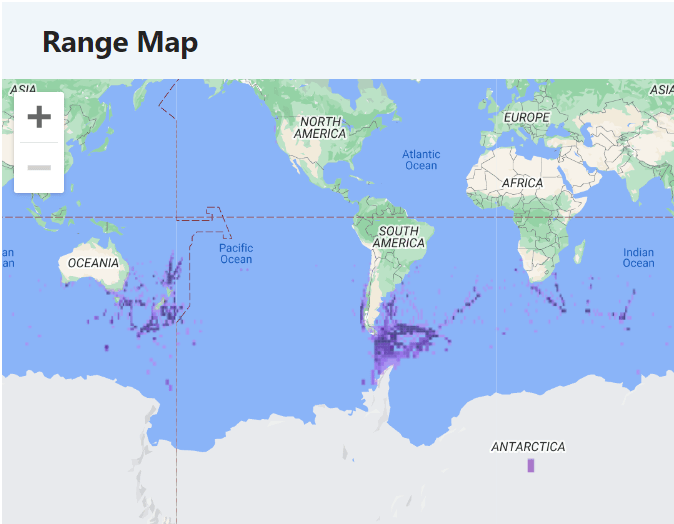
What behavioral traits do they possess?
As with most species of bird, the Wandering Albatross has specific behavioral traits that are used for attracting mates, stalking prey, and interacting with other members of the species.
Breeding
Like many large birds, the Wandering Albatross will mate for life, generally breeding every 2 years. This breeding process usually takes place on islands in the subarctic, and happens around November. Pairs of albatross are generally monogamous.
Nesting
Nesting takes place in loose colonies with birds well spaced out, simply because of their size and that of the chick. The nests themselves are a rough affair on the ground, made of grass and mud.
There is a relatively short laying period of around 5 weeks with most eggs hatching in March. During the 11 week incubation, both parents share responsibility for the upkeep and protection of the nest – one of the longest incubation periods of any bird, and generally unusual behavior within the animal kingdom.

Chicks
Once the chick is hatched, the parents will initially take it in turns to look after it while the other hunts for food. When it reaches sufficient maturity however, both parents will go out hunting, returning to the young albatross at regular intervals. It takes 7-8 months for the chicks to be independant.
Feeding
Due to the fact that Wandering Albatrosses travel for longer distances than other sea birds, they tend to feed more out in the open ocean.
They also tend to feed in colder waters towards the south, feeding mainly on cephalopods (squid and octopuses), crustaceans, and small fish – a readily available diet that sustains them for their long journeys.
This need for sustenance also means that they commonly overeat, even to the extent where they are unable to fly – resting in the water until they regain energy to fly. They have also been known to make shallow dives for their food, and to even follow cruise ships and other vessels on the off chance they can get their hands on refuse and food.
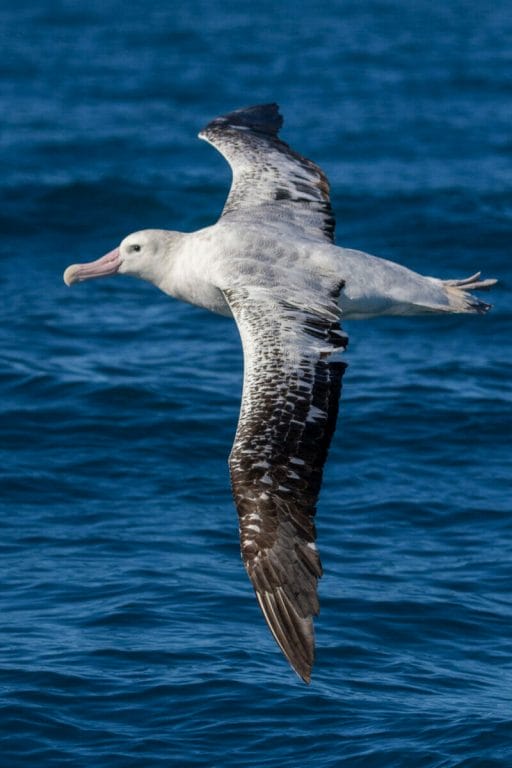
Lifespan
Wandering Albatross are also relatively long lived for birds, lasting as long as 50 years in the wild. For the first 5 years at least, they do not return to land at all. Only when they are ready to breed will they set foot on the ground agai
Undoubtedly these birds are at the top of their respective food chain, and the fact that they reside in parts of the world that are hostile, isolated, and where human contact is so rare makes their longevity.
Unfortunately, they are in danger from fishing nets and lines but steps continue to be taken to protect them and minimize human interference.
Are they friendly to humans?
Generally speaking, their relationship with humans is fairly limited – due to the fact that they spend such long periods of their lives in flight over the ocean.
Even once they do return to land, they reside in such isolated places that human contact is still relatively limited. There are only a few mainland colonies of any albatross species and they are highly managed. The birds become used to being handled but that is by experts and with utmost care and respect.
However, the historic relationship with humans has also been mixed. Among sailors, the albatross is seen as a good omen – and as such they are protected and left alone by superstitious seamen. This folklore was perhaps most famously explored in The Rime of the Ancient Mariner by Samuel Coleridge – condemning those who would shoot the albatross to a fate of misery and bad luck at sea.
In the early days of long distance ocean exploring, sailors would also relish in the companionship that the Wandering Albatross would provide on long, lonely voyages – a symbiotic relationship wherein the albatrosses would get fed, and the sailors would have company.
However, sailors from other parts of the world would also hunt them for their long wing bones – although this was much rarer.
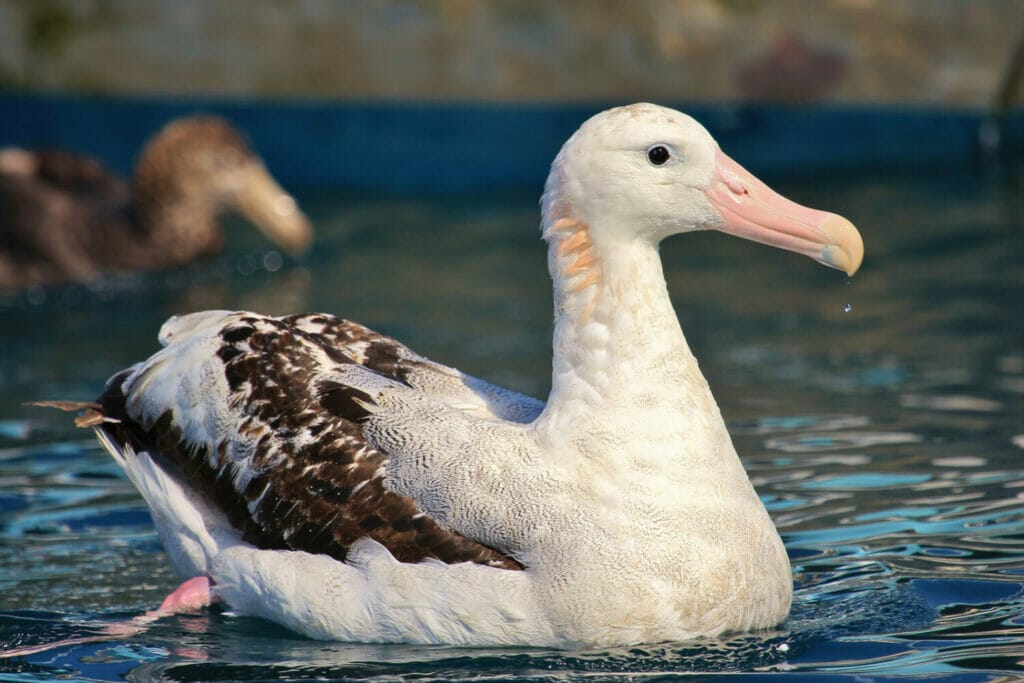
Are they protected?
According to conservationists, the Wandering Albatross is considered vulnerable – most likely due to increased ocean traffic, destruction of habitats, and the fact that they reproduce so sporadically.
Final Thoughts
And there we have it, everything you need to know about birds, and which species has the largest wingspan in the animal kingdom. However, there is only one with the largest wingspan – a fact that has made it such an iconic species within the avian family.
So if you want to know more about birds, there are numerous resources available – or, alternatively, take your binoculars, get a bird book, and head out to see what you can encounter! You probably won’t see an albatross but there are plenty of others.

FAQ
Most albatross reach maturity at between 5 and 10 years old. Until they are, they will stay at sea. Only when they are ready to find a mate will they return to land.
Yes, there are 4 subspecies of Wandering Albatross. All the photos above are of the Gibson’s Wandering Albatross (Diomedea exulans gibsoni).
Some larger types of shark may attempt to take a swimming or low flying albatross. Nesting colonies in locations with introduced rodents may be in danger of losing their eggs or chicks.




